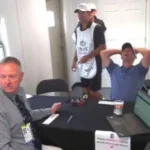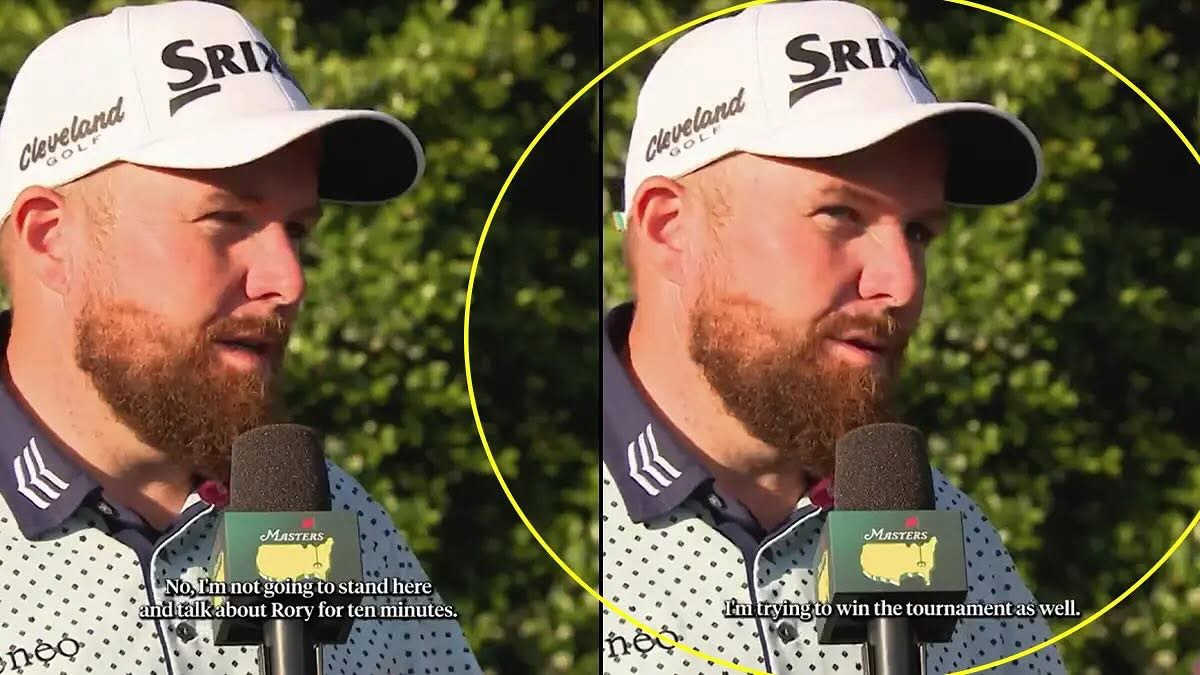Golf, with its rich traditions and intricate rulebook, can be as mentally demanding as it is physically. While the sport rewards precision and integrity, even seasoned golfers often fall prey to misunderstood or misquoted rules — sometimes passed down like folklore in the clubhouse. Let’s set the record straight by breaking down the 10 most commonly misunderstood rules in golf.
1. You Can Always Take a Drop for Free from a Cart Path
Myth: You can take relief from anything man-made, always for free.
Reality: While it’s true that artificial obstructions like cart paths allow for free relief, many players mistakenly assume that you can drop at any convenient spot. In fact, you must find the nearest point of complete relief — and drop within one club-length of that spot, no closer to the hole. If that drop puts you in a worse lie, tough luck.
2. You Can’t Ground Your Club in a Penalty Area
Myth: Once you’re in a penalty area (formerly known as a water hazard), grounding your club is a penalty.
Reality: Since the 2019 rule changes, you are now allowed to ground your club in a penalty area — and even take practice swings that touch the ground. What you still can’t do is improve your lie or conditions affecting the stroke.
3. A Ball That Hits the Flagstick Must Be Replayed
Myth: If your ball hits the flagstick and bounces out of the hole, the putt doesn’t count.
Reality: Not anymore. Under the updated Rules of Golf, leaving the flagstick in while putting is allowed — and if your ball hits it, it’s in play. If it bounces out, it’s unfortunate, but legal.
4. You Can Always Re-Tee After a Shank
Myth: If you hit the ball just a few inches on the tee shot, you can re-tee without penalty.
Reality: Only if your ball stays on the teeing area. The moment it leaves the teeing area — even if it only travels a foot forward — it’s in play, and you can’t re-tee without penalty.
5. You Must Play a Ball That’s in a Divot
Truth: Yes, you do.
Misunderstanding: Many players assume they deserve relief from a fairway divot. It feels unfair, right? But the rules don’t recognize a divot as ground under repair — so you must play it as it lies. That’s the rub of the green.
6. You Can’t Fix Spike Marks on the Green
Myth: Fixing spike marks is only allowed after the round.
Reality: Another rule updated in 2019. You can now repair almost any damage on the putting green, including spike marks, ball marks, and animal damage — as long as it doesn’t delay play.
7. You Can Only Mark and Lift Your Ball on the Green
Myth: Only on the putting green can you mark and lift your ball.
Reality: You may mark and lift your ball anywhere on the course, but only under specific conditions, like to identify it, check for damage, or see if it’s embedded. Be sure to follow the rules for replacing it in the exact spot.
8. You Must Hit Out of a Bunker if Your Ball is in One
Myth: Once you’re in a bunker, you can’t drop out without penalty.
Reality: You actually have multiple options, including taking a penalty stroke and dropping outside the bunker (back-on-the-line relief). It’s costly in strokes but might save your round if you’re stuck in an unplayable lie.
9. A Lost Ball Is Always Found Within 5 Minutes
Myth: You have 5 minutes to find a lost ball.
Reality: That rule changed in 2019. You now have only 3 minutes to search for a lost ball. After that, it’s considered lost and you must return to the original spot and take a stroke-and-distance penalty.
10. If You Swing and Miss, It Doesn’t Count
Myth: If you whiff the ball, it’s not a stroke.
Reality: A stroke is defined as the intended attempt to strike the ball. So even if you miss completely — that’s a stroke. Brush it off and move on.
Final Thoughts
Golf’s rules can seem like a labyrinth, but they’re designed to uphold fairness, tradition, and self-governance. The next time you hear a rule in the clubhouse that sounds off, don’t rely on memory or hearsay — consult the official Rules of Golf or a certified rules official. You’ll play better, and you’ll gain the respect of your fellow golfers.




